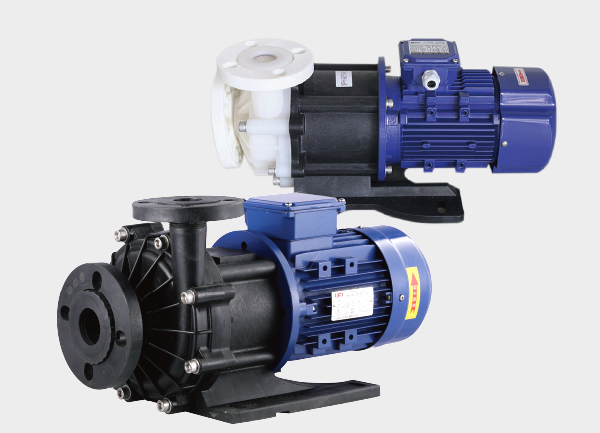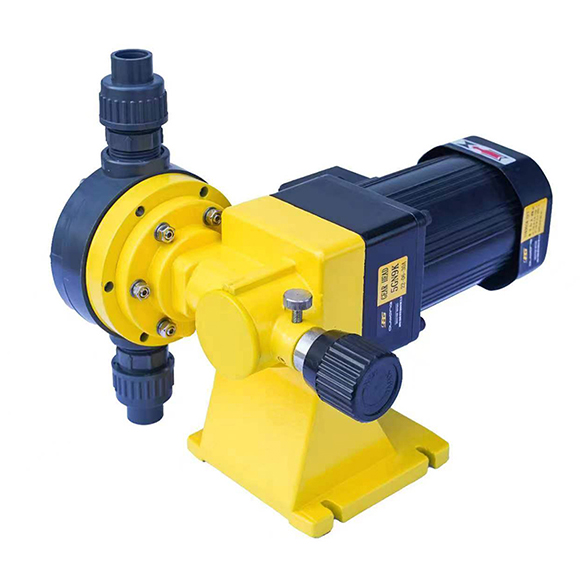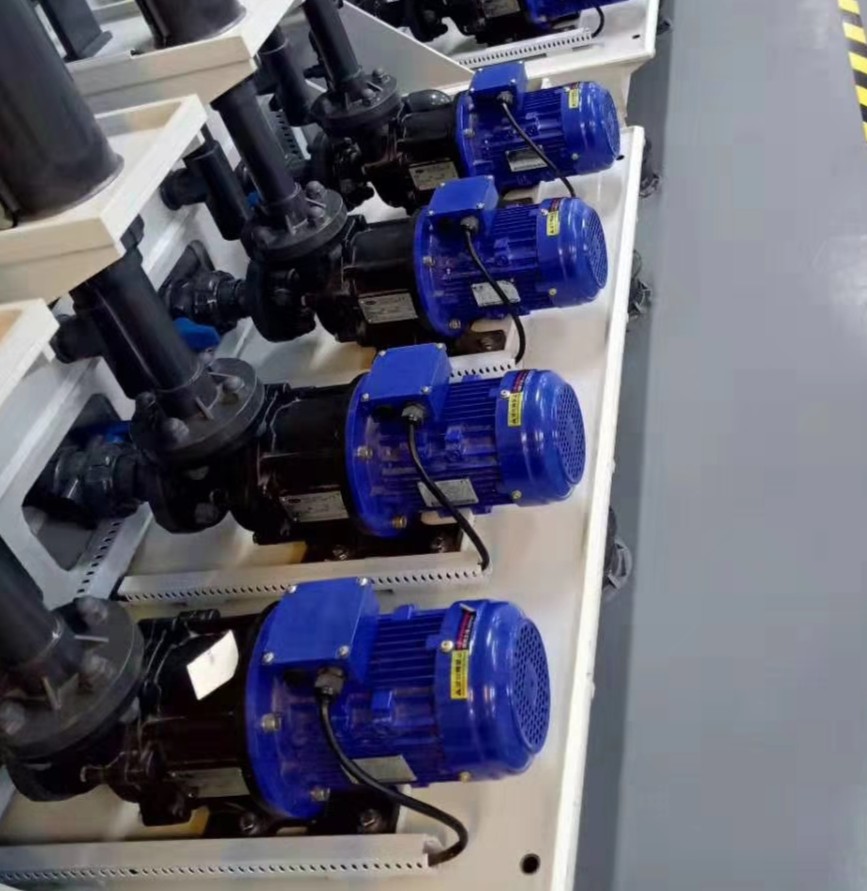Magnetic drive pumps and conventional centrifugal pumps are widely used in industrial fluid handling, but they differ significantly in design, operation, and application. Understanding these differences is crucial for selecting the right pump for your process.

1. Working Principle
| Pump Type | Principle |
|---|---|
| Magnetic Drive Pump | Transfers power through magnetic coupling between an inner and outer magnet, driving the impeller without a direct shaft seal. This design eliminates mechanical contact and minimizes leakage. |
| Conventional Centrifugal Pump | Uses a directly connected shaft to rotate the impeller, creating pressure via centrifugal force. The shaft passes through the pump casing and is sealed with mechanical seals or packing. |
Key Difference: Magnetic drive pumps avoid traditional mechanical seals, virtually eliminating leaks, while conventional pumps rely on seals that may leak over time.
2. Structural Differences
| Component | Magnetic Drive Pump | Conventional Centrifugal Pump |
|---|---|---|
| Pump Shaft | Inner magnet mounted on the shaft, does not penetrate the casing | Shaft passes directly through the casing |
| Shaft Seal | No mechanical seal; liquid is isolated by a containment shell | Mechanical seal or packing |
| Impeller | Mounted on the inner magnet or shaft | Mounted directly on the shaft |
| Casing | Contains the containment shell forming a sealed chamber | Pump casing with shaft seal isolating the fluid from the environment |
3. Leakage
Magnetic Drive Pump: Almost completely leak-free, ideal for handling corrosive, toxic, or flammable liquids.
Conventional Pump: Mechanical seals or packing may leak and require frequent maintenance.
4. Suitable Applications
| Feature | Magnetic Drive Pump | Conventional Pump |
|---|---|---|
| Corrosive Liquids | Highly suitable (acids, alkalis, solvents) | Less resistant to strong corrosives |
| High-Temperature Liquids | Typically up to 120°C (higher with special design) | Can handle higher temperatures |
| High Pressure | Generally low to medium pressure (≤2.5 MPa) | Suitable for high-pressure systems |
| Viscous Liquids | Low to medium viscosity | Wide range, but efficiency drops with high viscosity |
5. Advantages and Disadvantages
| Pump Type | Advantages | Disadvantages |
|---|---|---|
| Magnetic Drive Pump | Leak-free, compact, low maintenance, ideal for hazardous liquids | Limited pressure capacity, higher cost, sensitive to cavitation, slightly lower efficiency |
| Conventional Pump | High pressure capability, high efficiency, wide applicability, lower cost | Potential leakage, frequent seal maintenance, less suitable for corrosive liquids |
Summary
Core Difference: Magnetic drive pumps use magnetic coupling to eliminate mechanical seals and prevent leakage, while conventional centrifugal pumps rely on shaft seals that may leak.
Selection Considerations: Corrosiveness, toxicity, temperature, pressure, and budget are key factors.
Applications: Magnetic drive pumps are common in chemical, pharmaceutical, electronics, and environmental industries, whereas conventional pumps are widely used in water supply, industrial circulation, and HVAC systems.







